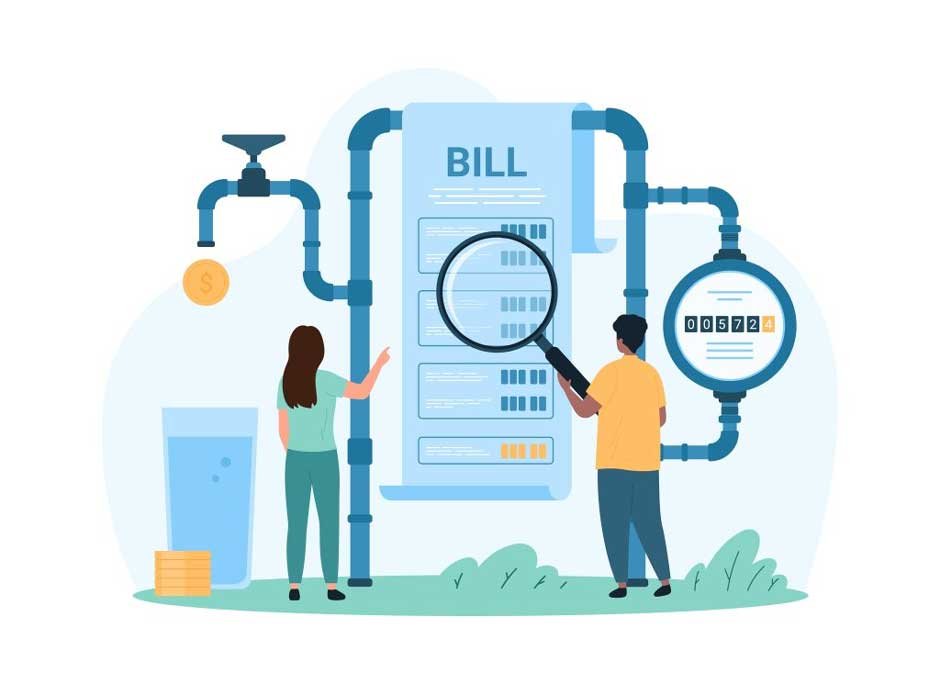Have you opened your monthly water bill and been shocked by a sudden spike in cost? If your water usage habits haven’t changed, but your bill keeps climbing, your plumbing system might be the culprit. Edmonton homeowners often experience higher water bills due to issues that are easy to miss but costly to ignore.
Let’s look at the most common plumbing-related causes of high water bills — and what you can do about them. For professional assistance reach out to a reputable residential plumber in Edmonton.
1. Hidden Leaks
A dripping faucet might seem like a minor nuisance, but over time it can waste hundreds of litres of water. Even worse, leaks behind walls or under floors can go unnoticed for months.
Signs to watch for:
- Wet or discoloured patches on walls or ceilings
- Mold or mildew smells
- An unexplained jump in your water bill
Solution:
Have a licensed plumber perform a full leak inspection, especially if you suspect a hidden issue. Catching it early can save you from serious water damage and high repair costs.
2. Running Toilets
One of the most common causes of water waste is a toilet that won’t stop running. A worn-out flapper or broken fill valve can cause thousands of litres of water to silently drain away each month.
Quick test:
Add a few drops of food colouring to your toilet tank and wait 10 minutes. If the colour shows up in the bowl without flushing, you have a leak.
Solution:
Replace the faulty parts — often a simple and inexpensive fix. If your toilet is older, consider upgrading to a low-flow model.
3. Faulty Irrigation or Outdoor Hose Bibs
In summer months, homeowners in Edmonton may use sprinklers or garden hoses frequently. Leaking hose bibs or broken underground irrigation lines can waste large amounts of water.
What to look for:
- Soggy or unusually green patches in your lawn
- Dripping hose connections
- Water pooling near your home’s foundation
Solution:
Check outdoor plumbing fixtures for damage after winter thaw and before regular use. A plumber can pressure test the system to detect underground leaks.
4. Inefficient Plumbing Fixtures
Older toilets, showerheads, and faucets can use significantly more water than modern, water-efficient models.
For example:
A toilet from the 1990s might use 13–20 litres per flush, while a new high-efficiency model uses 4–6 litres. That adds up quickly, especially in family homes.
Solution:
Consider replacing old fixtures with WaterSense-certified models. You’ll reduce your environmental footprint and your monthly bill.
5. Hot Water Tank Issues
Sediment buildup in your hot water tank — a common issue in Edmonton’s hard water — can reduce efficiency and cause the tank to run longer than necessary.
Signs of trouble:
- Strange noises from your water heater
- Hot water running out too quickly
- Discoloured or rusty water
Solution:
Flush your hot water tank annually to remove sediment. If the unit is 10+ years old, it may be time for a replacement.
How to Monitor and Manage Your Water Use
- Track your bills:Compare usage from month to month and season to season
- Know your shut-off valve:In case of emergency, you can stop the water flow quickly
- Schedule annual plumbing checkups:Prevent problems before they lead to costly bills







